A pademelon is any of seven species of small
marsupials of the genus Thylogale. They are usually
found in forests. Pademelons are the smallest of
the macropods. The name is a corruption of badimaliyan,
from the Dharuk Aboriginal language of Port Jackson.
Pademelons, wallabies, and kangaroos are very alike
in body structure, and the names just refer to the
three different size groups. Originally wallabies were
divided into small and large wallabies, but a more suitable
name was needed to differentiate between them.
Besides their smaller size, pademelons can be distinguished
from wallabies by their shorter, thicker, and sparsely haired tails.
Er zijn 7 soorten: Species:
*Thylogale billardierii - Roodbuikpademelon
*Thylogale browni
*Thylogale brunii - De Bruijnpademelon
*Thylogale calabyi
*Thylogale lanatus
*Thylogale stigmatica - Roodpootpademelon
*Thylogale thetis -Red-necked Pademelons
Pademelons (Thylogale) zijn een geslacht van
kangoeroes dat voorkomt in oostelijk Australië, Tasmanië,
Nieuw-Guinea en de eilandgroepen Bismarck-archipel en
Aru-eilanden. Hun naam is een verbastering van
"badimaliyan", een woord dat in de taal van de
Dharuk Aboriginals gebruikt wordt voor Port Jackson,
de natuurlijke haven van Sydney.
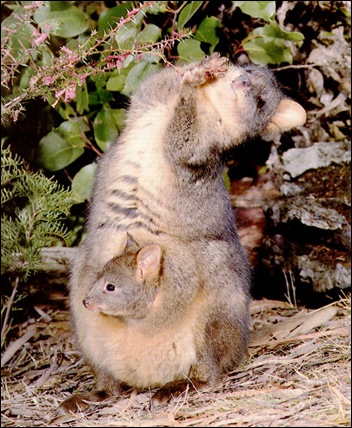
Red-necked Pademelons can be found in the coastal
regions of Queensland and New South Wales.
In some places their range has been drastically reduced.
Red-legged Pademelons can also be found in
south-central New Guinea. The Red-bellied or
Tasmanian Pademelon is abundant in Tasmania.
The Dusky Pademelon lives in Papua New Guinea and
surrounding islands. It was previously called the
Aru Island Wallaby. Before that, it was called the Philander,
which is the name it bears in Cornelis de Bruijn's Travels,
originally published in 1698; the Latin name of this
species is called after De Bruijn.
The natural habitat of the pademelon is in thick scrubland
or dense forested undergrowth. They also make tunnels
through long grasses and bushes in swampy country.
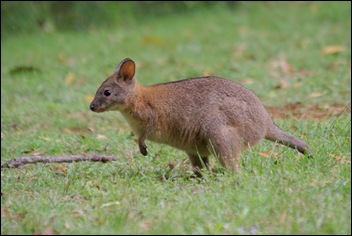
De pademelons zijn de kleinste kangoeroeachtigen
uit de familie Macropodidae. Ze onderscheiden
zich van andere kangoeroesoorten door de korte,
dikke, vrijwel haarloze staart.
Bovendien bewegen de pademelons zich over het
algemeen voort op vier poten en slechts zelden springen
ze rond op alleen de achterpoten zoals de andere kangoeroes
uit de familie Macropodidae dat doen.
De pademelons zijn bewoners van dichtbegroeide
bosgebieden, waaronder tropisch regenwouden
en eucalyptusbossen. Ze leven solitiar of in
kleine groepen. De pademelons zijn vooral actief in
de schemering of 's nachts. Deze kangoeroes voeden
zich met grassen, bladeren en afgevallen vruchten.
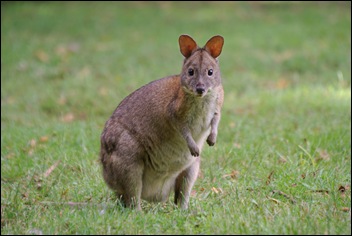
Pademelon meat used to be considered valuable and
was eaten by settlers and aborigines for a long time.
Although their meat is very low in fat and cholesterol
(like that of all kangaroos), it is considered by many
Australians to be inferior to more mundane meats,
such as beef, pork, or lamb.
Aside from being killed for their meat and soft fur,
their numbers have been reduced by the introduction
of predators such as feral cats, dogs, and foxes.
The rabbit explosion has also caused problems,
as rabbits graze on the same grasses making less
available for the pademelon. Also, clearing of land
for homes has pushed the larger wallabies and kangaroos
into land that pademelons had been thriving in for so long.
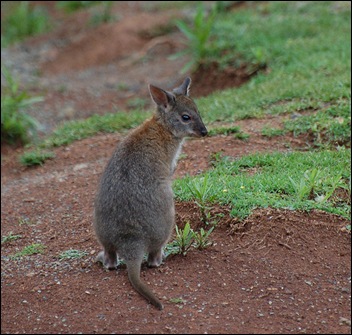
Tasmanian Pademelons were important to the
Thylacine's diet, and are still preyed on by quolls,
Tasmanian Devils, pythons, and Wedge-tailed Eagles.
Despite these predators, there are many in Tasmania
and its outlying smaller islands, and every year many
are killed off to keep their numbers down.
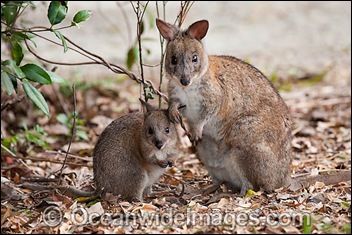
De foto’s zijn allen van de Thylogale thetis -
Red-necked Pademelon – Roodhalspademelon.
De bovenkant van het lichaam is grotendeels bruin,
op de rode nek en schouders na.
De onderkant is wit tot vuilwit.
De staart is kort, dik en grijs.
De kop-romplengte bedraagt 320 tot 600 mm,
de staartlengte 300 tot 510 mm en het gewicht voor
vrouwtjes tot 4 kg en tot 7 kg voor mannetjes.
On All photo’s you see the
Thylogale thetis -Red-necked Pademelon.
He is on the IUCN Red List of Threatened Species.
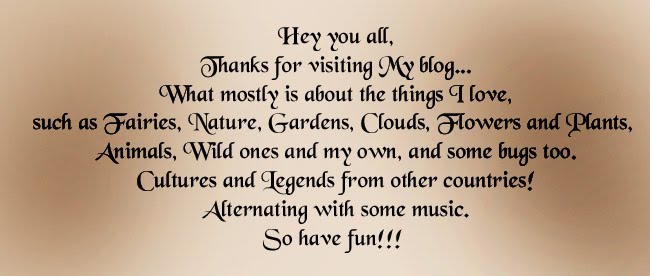



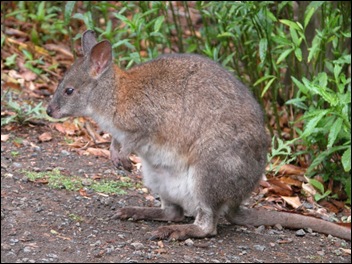
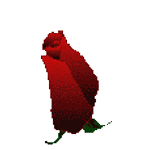























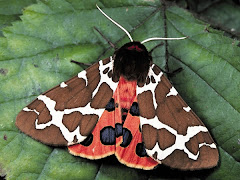

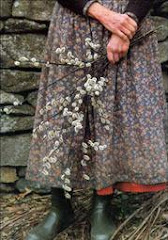
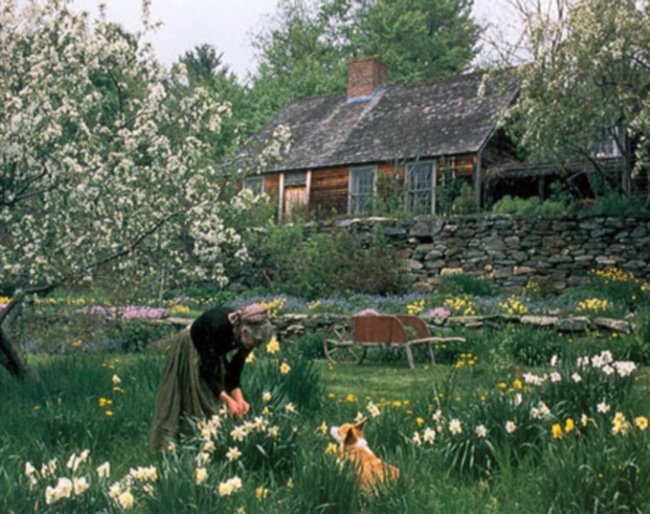
2 opmerkingen:
Echt dotjes,deze heb ik in Australie niet gezien,maar wel de andere en zelfs een baby weesje beet gehouden en dat is zo geweldig om mee te maken,zoo lief maar haha ze kunnen ook ongeduldig worden,ik was in een park met familie aan het eten en de mensen hebben de beestjes daar verpest natuurlijk door eten te geven,dus ze komen naar je toe,maar ik kreeg het brood niet snel genoeg uit mijn zakje en echt whahah het beestje begon al een beetje te springen,ik nog nerveuzer en al met zijn handjes te bewegen,was wel een beetje bang hoor,later heb we er heel erg om moeten lachen,het is een hele ervaring,fijne avond,lieve groet Joke.
They are so cute ! lovely !
Een reactie posten